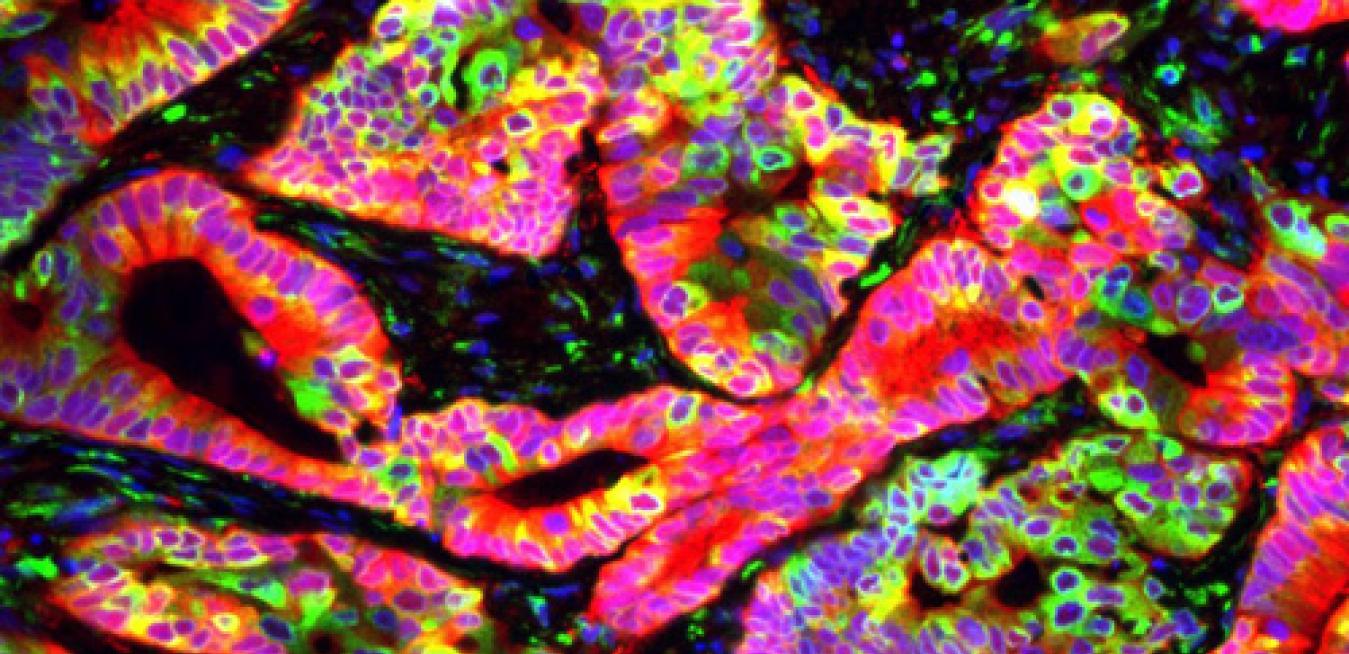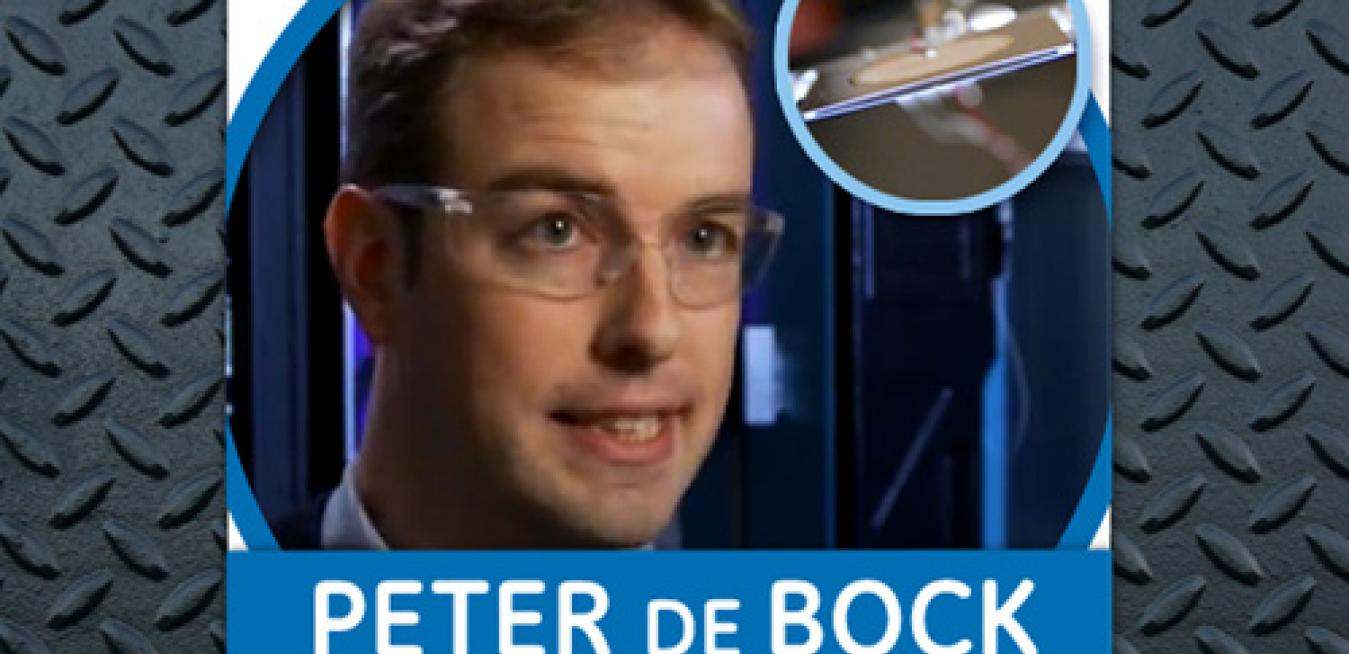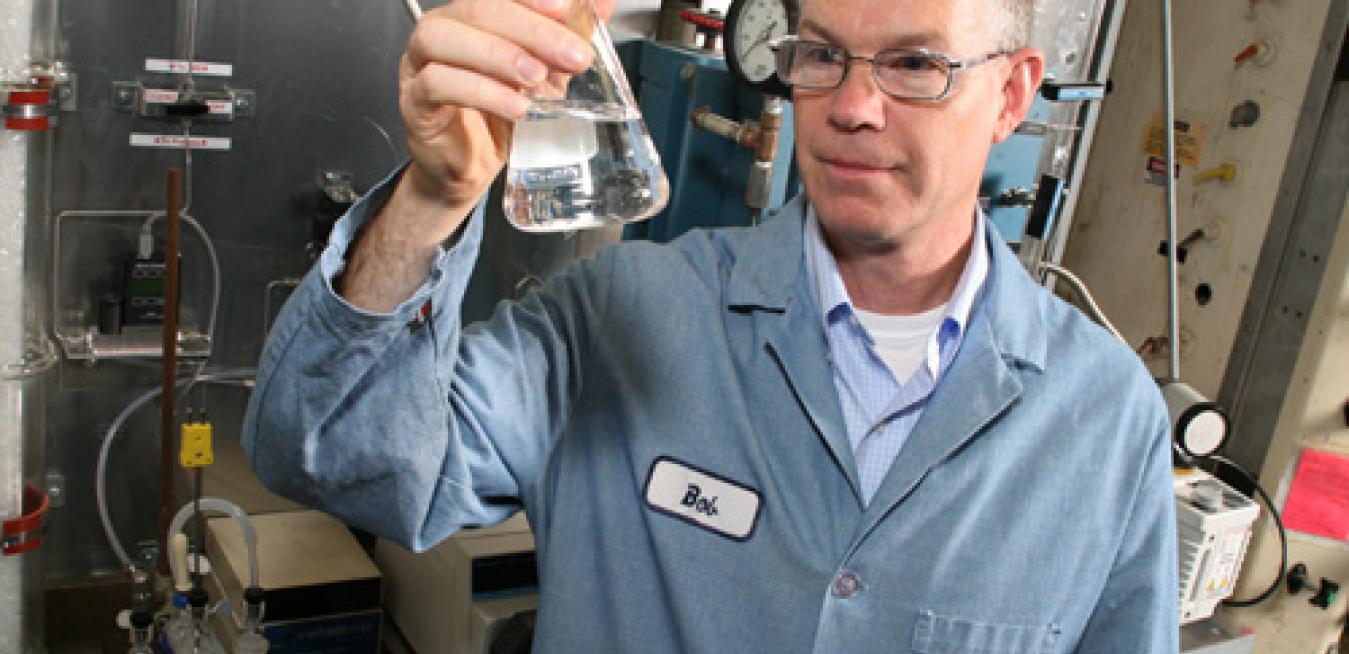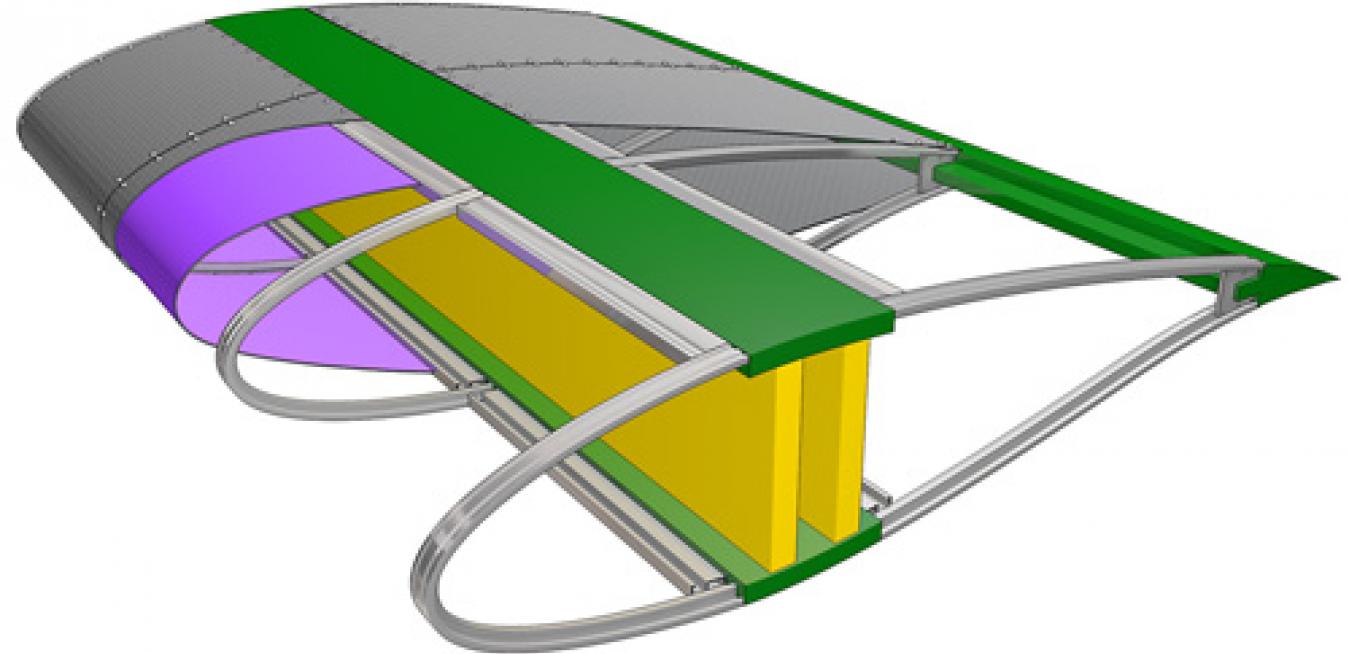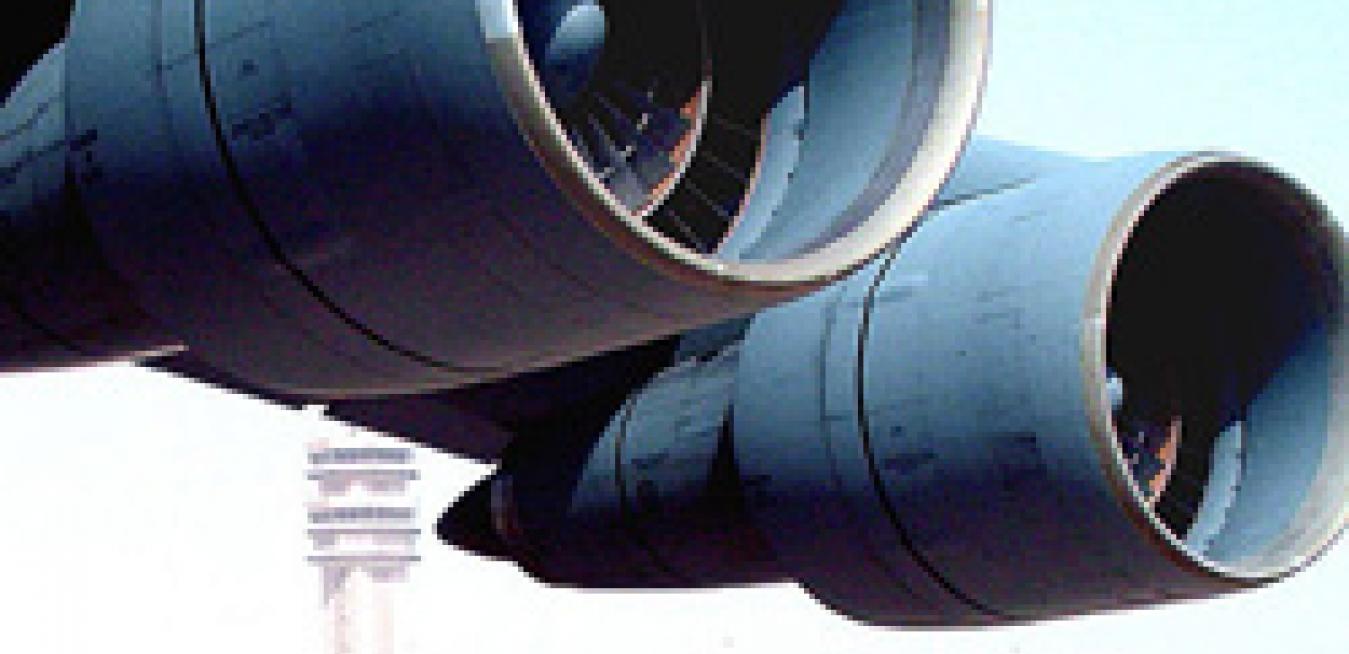Some students fall in love with their teacher. Mathematician Andrew Barnes fell in love with pi. “My relationship with pi probably began when I was a schoolboy,” says Barnes, who is 44 years old and builds financial models, computes probabilities, and investigates bell curves at GE Global Research. “It started with elementary geometry and the relationship just keeps growing. Now it’s almost like being wedded to a concept.”
We’ve learned a lot about cancer, but far from enough. Doctors have gotten better at diagnosing the disease, but they still struggle to pick the right weapon for a patient to fight cancer’s aggressive behavior. “Cancer is very complicated and very different from patient to patient,” says Michael Gerdes, cancer researcher at GE Global Research (GRC) in New York. “We really have not done an adequate job matching patients to therapies. We get some patients but we miss a lot.”
Ever sought revenge on your siblings by freezing them, a la Han Solo, in carbonite? The engineers behind GE’s Brilliant Machines want to help. GE scientists, in partnership with Wired, have probed the science of Star Wars in a new feature called Sci-Fi Demystified. Learn about everything from the viability of freezing a live person in carbon (brain function probably wouldn’t recover upon thawing), or hand held laser blasters (the energy required to inflict damage would make them too heavy to move). See the rest at Wired.
First the good news. Carbon dioxide emissions from coal have been falling over the last five years in the U.S., hitting the lowest point for any quarter since 1986 in March 2012. Cheap natural gas allowed utilities to cut back on coal, the most “carbon-intense” fossil fuel used for power generation.
Contrary to popular belief, taking a piano to a fourth-story walk up apartment in New York City may not be the toughest moving job. Consider the wind turbine. The stiff fiberglass blades of the largest turbines span half the length of a football field. Moving them from the factory to the wind farm requires custom cranes, oversize rigs, hours of careful route and traffic planning, and expert drivers to execute precarious turns. What if you could do away with all that and also eliminate the million-dollar molds used to make them for good measure?
It was the 1960s and the U.S. Air Force came to GE with a big problem. It had ordered from Lockheed a huge new cargo jet, the largest plane in the world in fact, and needed a jet engine that could match it and haul 50,000 tons of tanks, transporters and equipment 5,000 miles anywhere in the world at a clip of 500 miles per hour.
Imagine it’s a summer Friday at Hartsfield-Jackson International, the world’s busiest airport. A thunderstorm this morning has broken dozens of connections in and out of Atlanta. Departing planes crawl in a long line along the tarmac. A few thousand feet up, some pilots are free to land while others groan as they turn into their fourth lap. Everybody wants faster updates from the control tower.
Soon after the Space Shuttle Columbia broke up on descent from orbit in February 2003, material scientists and engineers at a GE plant in Newark, Delaware, started building a set of repair kits long thought impossible.
Columbia suffered a crack in its left wing when it was hit by a briefcase-size insulating foam fragment that fell from a fuel tank during take-off. During her return, superheated air entered the spacecraft through the wound and ripped the shuttle apart 15 minutes before touchdown.






